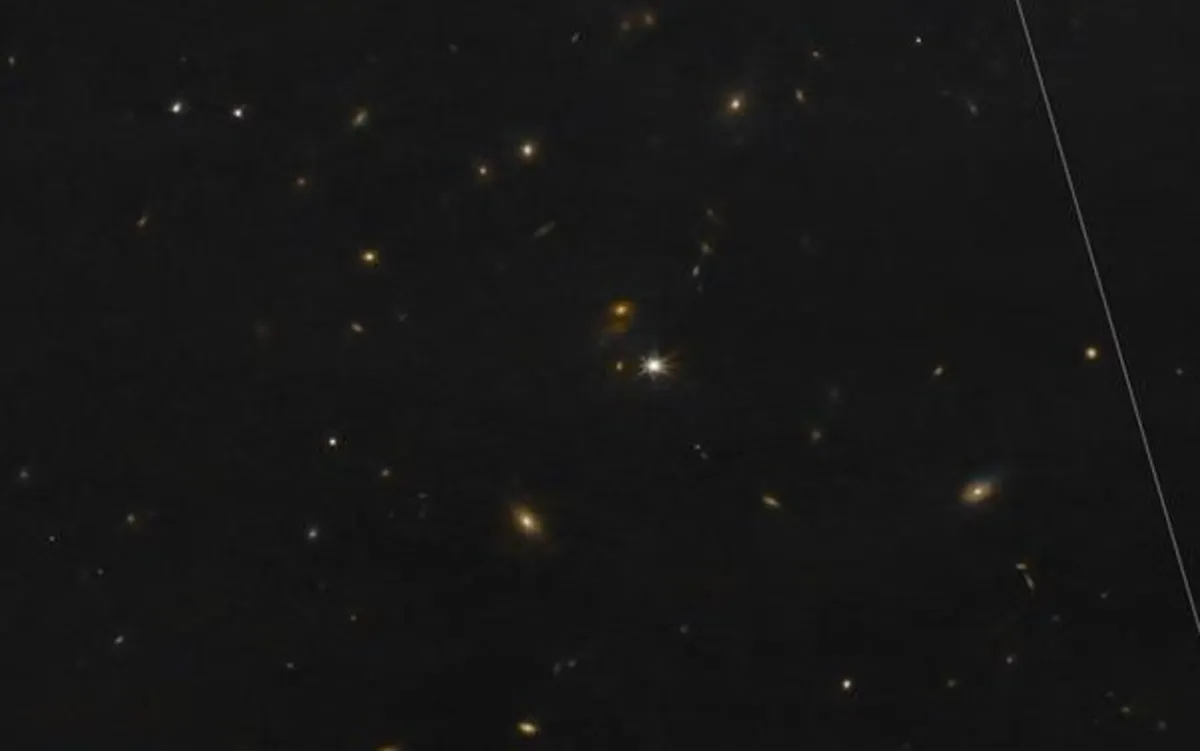
On April 3, NASA made a significant announcement regarding the near-Earth asteroid 2024 YR4. Initially thought to be on a collision course with our planet, this asteroid, measuring approximately the size of a 10-story building, is now predicted to have a higher likelihood of impacting the moon instead.
The size of 2024 YR4 is estimated to be between 174 and 220 feet, which is considerable enough to raise concerns about potential impacts. Asteroids of this size can cause significant damage if they were to collide with Earth. However, the latest assessments by NASA and international planetary defense experts indicate a shift in trajectory predictions.
Initially, both NASA observers and members of the global planetary defense community believed that 2024 YR4 posed a threat to Earth, with a projected impact date set for 2032. This sparked discussions about the potential consequences of an asteroid impact and the importance of monitoring such near-Earth objects.
With the recent updates, it appears that 2024 YR4 is more likely to make contact with the moon rather than Earth. This shift in predictions highlights the dynamic nature of asteroid tracking and the ongoing efforts of NASA and other organizations to monitor and assess these celestial objects. The planetary defense community continues to refine its models and data to ensure accurate predictions regarding the paths of asteroids.
The case of 2024 YR4 emphasizes the critical need for effective planetary defense strategies. Understanding the trajectories and potential impacts of near-Earth asteroids is vital for ensuring the safety of our planet. Ongoing research and collaboration among global scientists will play a crucial role in preparing for any future threats from space.
As we continue to monitor near-Earth objects like 2024 YR4, public awareness and engagement in planetary defense initiatives will be essential in fostering a safer environment for all. Stay tuned for further updates from NASA and the planetary defense community as they work diligently to protect our planet from potential asteroid threats.